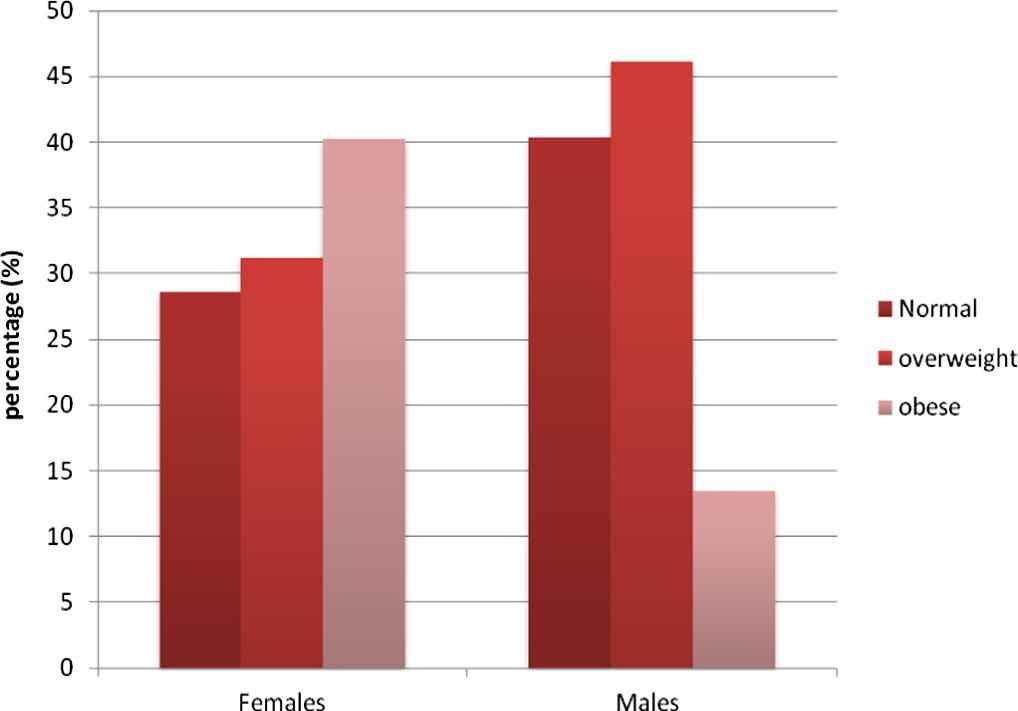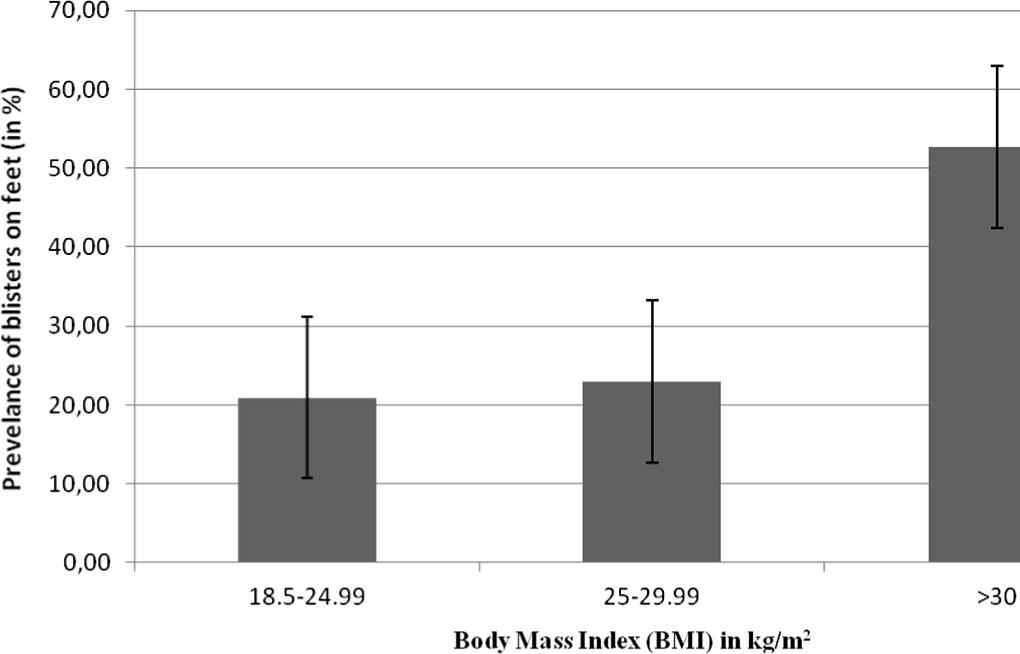Foot ailments during Hajj: A short report
- DOI
- 10.1016/j.jegh.2014.12.007How to use a DOI?
- Keywords
- Hajj; Blisters; Foot injuries; Pilgrims
- Abstract
A study of ailments of the feet in pilgrims of Hajj revealed that 31% of them suffered from blisters, and the prevalence was five times higher in females. The presence of comorbidity (diabetes, obesity and advanced age) warrants immediate attention to them to avoid serious complications.
- Copyright
- © 2015 Ministry of Health, Saudi Arabia. Published by Elsevier Ltd.
- Open Access
- This is an open access article under the CC BY-NC-ND license (http://creativecommons.org/licenses/by-nc-nd/4.0/).
1. Introduction
The Hajj is the largest pilgrimage of Muslims around the world that happens once a year in Mecca, Kingdom of Saudi Arabia (KSA). Approximately, 2–3 million people arrive each year to perform the rituals which are time bound. The Tawaf (the circumambulation seven times around the Kaaba) can range from 1.4 km to 4.1 km (depending on the crowd and which floor it is performed). The Sa’ay (running or walking seven times between the hills of Safa and Marwah) is approximately 2.8 km [1]. During the Ramy al-Jamarat (stoning of the pillars), for which the pilgrim walks from his tent in Mina to Jamarat bridge, the walking distance varies depending up on the location of the tent. On an average, rituals of Hajj include long distance travel by foot (that involves walking 5–15 km some days) [2]. Skin diseases were sparingly studied in the past [3,4] and there is a lack of scientific evidence concerning feet problems among Hajj pilgrims. In 1997, a survey conducted among 1101 pilgrims randomly selected in Mina from all the Hajj pilgrims resulted in a 23% prevalence of cut wounds in their feet [5]. In a more recent study in 2013, conducted at a mobile podiatric clinic at Mina, 31% of the consulting patients complained of blisters on their feet [2]. As a part of a global study measuring the health problems of French pilgrims [6,7], information specific to feet problems with respect to walking during the Hajj was collected.
2. Materials and methods
Data were obtained during the 2013 Hajj from a cohort that was traveling from France to Mecca, with a specialized travel agency in Marseille, from October 3 to October 24, 2013. A medical doctor and an investigator were traveling with the cohort to document the health problems during the travel. A post-travel questionnaire was systematically completed in a face-to-face interview by the investigator 2 days prior to returning to France. Symptoms pertaining to feet were collected by the use of an open-ended question. If they had consulted the doctor, the exact diagnosis was confirmed. If not, diagnosis was retrospectively established by the traveling doctor. Walking distances during the entire pilgrimage were estimated by the investigator.
All statistical analyses were performed on STATA12. Pearson’s Chi-square test and Fisher’s exact test, as appropriate, were applied to analyze the categorical variables. All p values of 0.05 or less were considered significant. Age was categorized as below and above 60 years. Body mass index (BMI) was calculated as weight (in kilograms) over square of the height (in meters). It was grouped according to guidelines given by the Center for Disease Control (www.cdc.gov): below 18.5: underweight, 18.5–24.9: normal, 25–29.9: overweight, above 30: obese. BMI, sex, diabetes and age of the pilgrim were considered as major predictor variables for blisters on feet.
3. Results
The cohort consisted of 129 pilgrims with a female to male ratio of 1.5:1 and a mean age of 62 years. Around two-thirds (63.6%) of the cohort was above the age of 60 years. The prevalence of general chronic diseases was as follows: hypertension (33.3%), diabetes (26.4%), chronic cardiac diseases (8.5%) and chronic respiratory diseases (3.9%).
The mean BMI for the entire cohort was 27.9 kg/m2 (95% CI = 27.1–28.8). None of the pilgrims were underweight or had a BMI below 18.5. The mean BMI for females (28.9; 95% CI = 27.7–30.2) was significantly higher than males (26.5; 95% CI = 25.6–27.3). Almost one third (29.5%) of the cohort had a BMI over 30 and slightly more than one third (37.2%) had a BMI in the range of 25–30. As shown in Fig. 1 , the prevalence of obesity in females was 3 times more than in males (p = 0.005).

Distribution of body type (as per body mass index) of males and females in Hajj pilgrims in 2013.
The estimated total distance walked during the entire pilgrimage was about 58 km. This included Tawaf (total of 1.4 km per Tawaf, done thrice = 4.2 km), Sa’ay (2.8 km per Sa’ay, done twice = 5.6 km), Jamarat (total of 8 km round-trip from the tents to the Jamarat bridge, done 4 times equals 32 km) and miscellaneous walking to get to the pick-up points of the tour (about 16 km).
In the cohort, 31.8% reported blisters on the feet during the post-Hajj questionnaire (Table 1). The prevalence was statistically higher in females and in pilgrims who were overweight or obese. The results were significant when the normal BMI group or overweight group was compared with the obese, and not significant between the normal BMI group and the overweight group (Fig. 2).

Variation in the prevalence of blisters on the feet with body mass index (BMI) in Hajj pilgrims in 2013.
| Feet blisters absent | Feet blisters present | p Value | |
|---|---|---|---|
| Female (n = 77) | 43 | 34 | <10−3 |
| Male (n = 52) | 45 | 7 | |
| Diabetes present (n = 34) | 24 | 10 | 0.729 |
| Diabetes absent (n = 95) | 64 | 31 | |
| BMI (normal) (n = 43) | 33 | 10 | 0.969 (normal versus over-weight) |
| BMI (overweight) (n = 48) | 37 | 11 | 0.004 (overweight versus obese) |
| BMI (obese) (n = 38) | 18 | 20 | 0.006 (normal versus obese) |
| Age < 60 (n = 47) | 28 | 19 | 0.11 |
| Age > 60 (n = 82) | 60 | 22 |
Demographics and medical status of pilgrims with and without blisters.
Among the diabetic pilgrims, 29.4% reported blisters on their feet as compared with 32.6% among the non-diabetic pilgrims; however, the difference was not statistically significant (Table 1).
Only one pilgrim, who was female, obese and more than 60 years old, reported an infected blister of the foot. One male pilgrim who was obese and over 60 years old reported mycosis of his feet. Also, 10.9% of the cohort reported sore legs and feet (Table 2). Two pilgrims reported tendonitis and edema of their legs during Hajj. There was one case of necrotizing diabetic foot that was reported.
| Type of problem | Number of pilgrims suffering | % (n = 129) |
|---|---|---|
| Blister feet | 41 | 31 |
| Sore feet | 14 | 10.9 |
| Mycosis of feet | 1 | 0.8 |
| Infected foot ulcer | 1 | 0.8 |
| Diabetic foot ulcer | 1 | 0.8 |
| Edema of legs/feet | 2 | 1.6 |
| Tendonitis | 1 | 0.8 |
| Muscle pain | 1 | 0.8 |
| Foot injury | 1 | 0.8 |
| None | 53 | 41 |
Foot ailment among pilgrims.
Of the 76 pilgrims reporting foot ailments during the post-Hajj questionnaire (58.9%), one consulted the medical doctor during travel for blisters on feet.
4. Discussion
As far as this study is concerned, this is the first prospective study assessing the prevalence of feet problems in Hajj pilgrims. The present report suggests that prevalence of blisters of feet is high among the Hajj pilgrims, which corroborates with the findings of another study conducted in the same year but in a podiatric clinic [2]. However, this study measured the proportion of pilgrims seeking consultation who reported feet-related problems, whereas the present study included all the pilgrims irrespective of their consultation status. Another significant finding was the difference in prevalence of blisters in males and females. This result is also consistent with that of a study conducted among the United States military deployed in Iraq where the overall prevalence of blisters was 33% and higher in females as compared with males [8]. This might be due to the fact that males and females have different skin types and respond differently to mechanical stress [9]. In addition, obesity has been identified as a key predictor of blisters on feet, and the prevalence of obesity is higher in females in the present study. It is known that excess weight alters the natural anatomy of the foot, thereby increasing the friction and pressure over bony prominences [10]. Finally, this problem might be compounded due to the hot climate in Saudi Arabia and poorly maintained hygienic conditions in the tents at Mina. Of note, 82.5% of the pilgrims with blisters were on antibiotics for either respiratory or gastro-intestinal complaints [6]. This might explain why the occurrence of skin infection was low in the cohort. Also, a sizable proportion of the cohort suffered from diabetes, including one case with diabetic foot. Diabetic foot is one of the leading causes for surgical admissions among pilgrims [11,12] and emphasizes the need for protecting the feet in order to prevent further complications. Other foot complaints like callosity, erythema and dryness and ulcers may also affect the pilgrims as reported by a previous study [2].
5. Recommendations
It is essential that the sole of the shoe or sandal be flexible to reduce the impact of the ground on the feet. It is preferable for shoes to have soft padding, especially at the heel and at the balls of the feet. Shoes should be lightweight and fit well. Bigger size sandals tend to rub against the skin causing friction blisters, and smaller size sandals cause cramping of the toes and pressure sores. Wearing socks would definitely reduce the impact on the feet; however, due to religious restrictions, it may not be possible for the pilgrims to wear them. It is important to try the footwear before commencing the Hajj as it helps to get habituated to them. Despite these precautions, if blisters occur, it is advisable to keep the feet dry and well-aired, which helps in reducing the chances of infection. A good moisturizer applied three times a day will also help reduce friction during walking [13]. Any infected blister must be assessed by medical personnel to avoid further complications. These preventive measures can be enhanced through educational sessions for pilgrims intending to perform Hajj [2].
References
Cite this article
TY - JOUR AU - Shruti Sridhar AU - Samir Benkouiten AU - Khadidja Belhouchat AU - Tassadit Drali AU - Ziad A. Memish AU - Philippe Parola AU - Philippe Brouqui AU - Philippe Gautret PY - 2015 DA - 2015/02/07 TI - Foot ailments during Hajj: A short report JO - Journal of Epidemiology and Global Health SP - 291 EP - 294 VL - 5 IS - 3 SN - 2210-6014 UR - https://doi.org/10.1016/j.jegh.2014.12.007 DO - 10.1016/j.jegh.2014.12.007 ID - Sridhar2015 ER -
